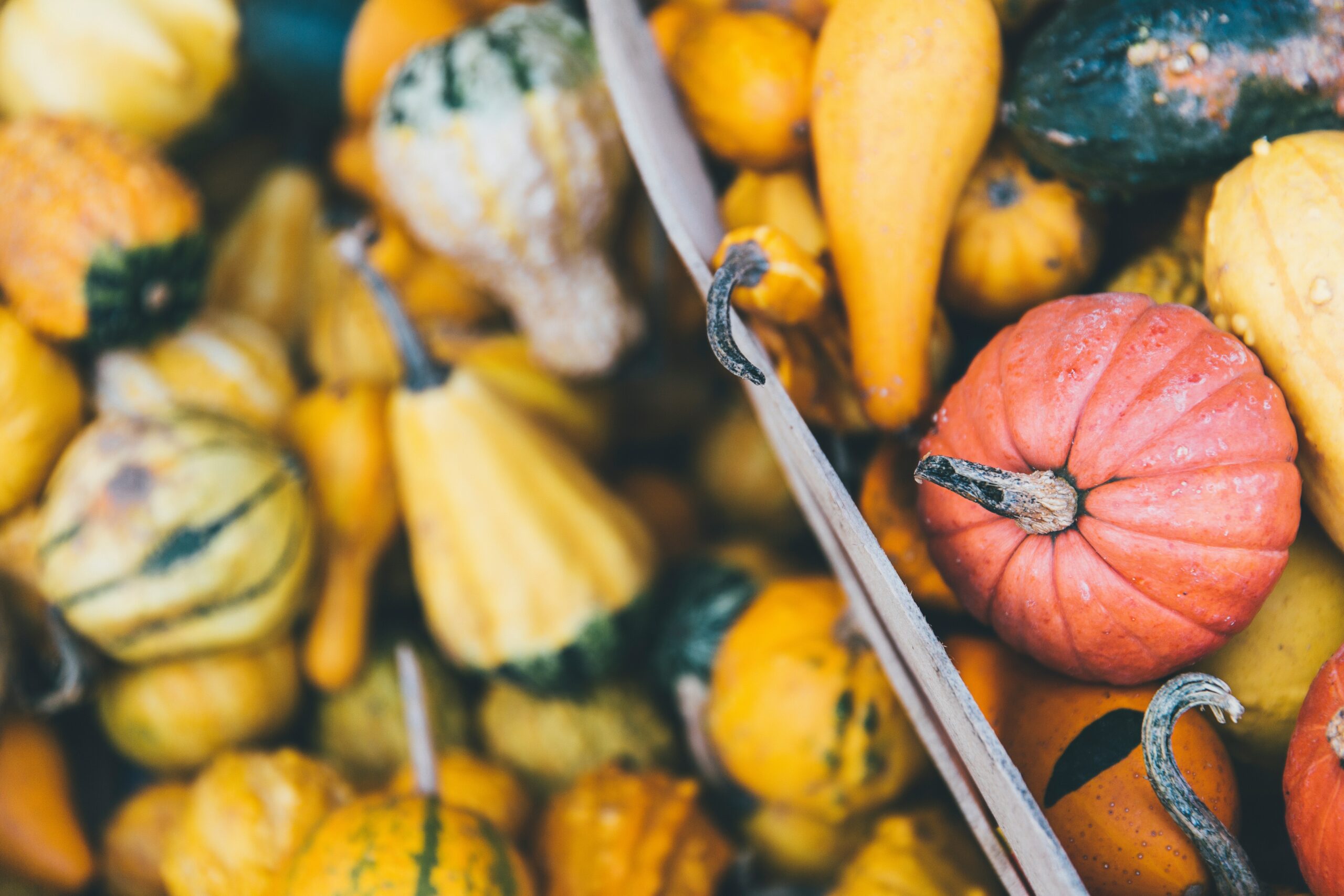Autumn is the season of calm. A time when nature takes a collective sigh and submits to the changing season with its systematic slowdown via a spectacular display of color courtesy of the deciduous plant community. For those of you who are new to gardening, you can take your cue from Mother Nature to signal when the next batch of seasonal plants is to be planted and what type of maintenance is due.
Autumn is a harvest and replanting season. In terms of our vegetable patches, we are harvesting the last of our summer vegetables. Tomatoes, capsicums, corn, cucumbers, pumpkins, zucchini, squash, and any other remnants of the bountiful summer crop. As they finish their run, often people make the mistake of leaving the patch to its own devices over the cooler months before replanting again in spring. While there is absolutely nothing wrong with that, it is however a missed opportunity to participate in the easiest harvest of the year. The winter crop – which is of course planted in Autumn.
The vegetables planted in autumn are almost set and forgotten. We are talking about things like the brassica family – Broccoli, cauliflower, cabbage, kale – broad beans, garlic, all the leafy greens, peas, and more depending on where you reside.
For berries, many of which are sold as canes, now is the time to prepare the soil for planting in winter when they are either completely deciduous or in the case of strawberries, semi-deciduous.
Some climates are more extreme than others and if it’s the ornamental garden that needs attention, now is the time to assess any damage done during the hot summer months. The huge amounts of energy expended through the growing seasons of spring and summer may have taken their toll on some trees and shrubs so they will need a bit of love in the form of fertilizer, soil conditioner, and maybe a bit of a prune.
Annuals – the pretty little plants used in hanging baskets, in pots, or planted en masse in garden beds will most likely have to be replaced in autumn. Things like petunias, marigolds, and portulacca, will slowly start to die off as the weather cools down and, in their place, will have to be pansies, violas, and other winter-loving annuals. Don’t forget they too will need some feed and mulch to ensure a stunning display through the drearier cold months when nothing much else flowers.
Here are some suggestions for Autumn preparations and planting.
-
Preparing the soil:
Remove dead plants, weeds, and debris from the soil, then mix compost or other organic material to enrich the soil’s nutrients.
-
Choose your plants:
Select plants that grow well in the cooler months, such as lettuce, spinach, kale, and broccoli. Consult with your local nursery or garden center for advice.
-
Sowing seeds:
Sow seeds directly into your prepared soil according to their instructions, then water gently and cover with a layer of mulch.
-
Watering:
During autumn, we tend to have very different temperatures at the beginning of the season compared to the end of the season, so make sure to water the plants regularly but not excessively.
-
Protecting from frost:
Protect your plants from frost by covering them with frost cloth or other protection materials.
-
Harvesting:
Monitor your plants closely as they mature, it’s important to harvest them before the frost can damage or wilt them.
-
Pests and Diseases:
Watch out for garden pests and diseases, such as slugs, snails, and powdery mildew.
It must be said that much of this advice is directed at zones that experience cold winters. For those in more temperate climates, it is best that you seek the advice of your local garden center when planning to plant for this season.
Nonetheless, for those with cooler winters, by following these simple steps, even beginner gardeners can achieve a successful harvest and gardening experience during the autumn season.



